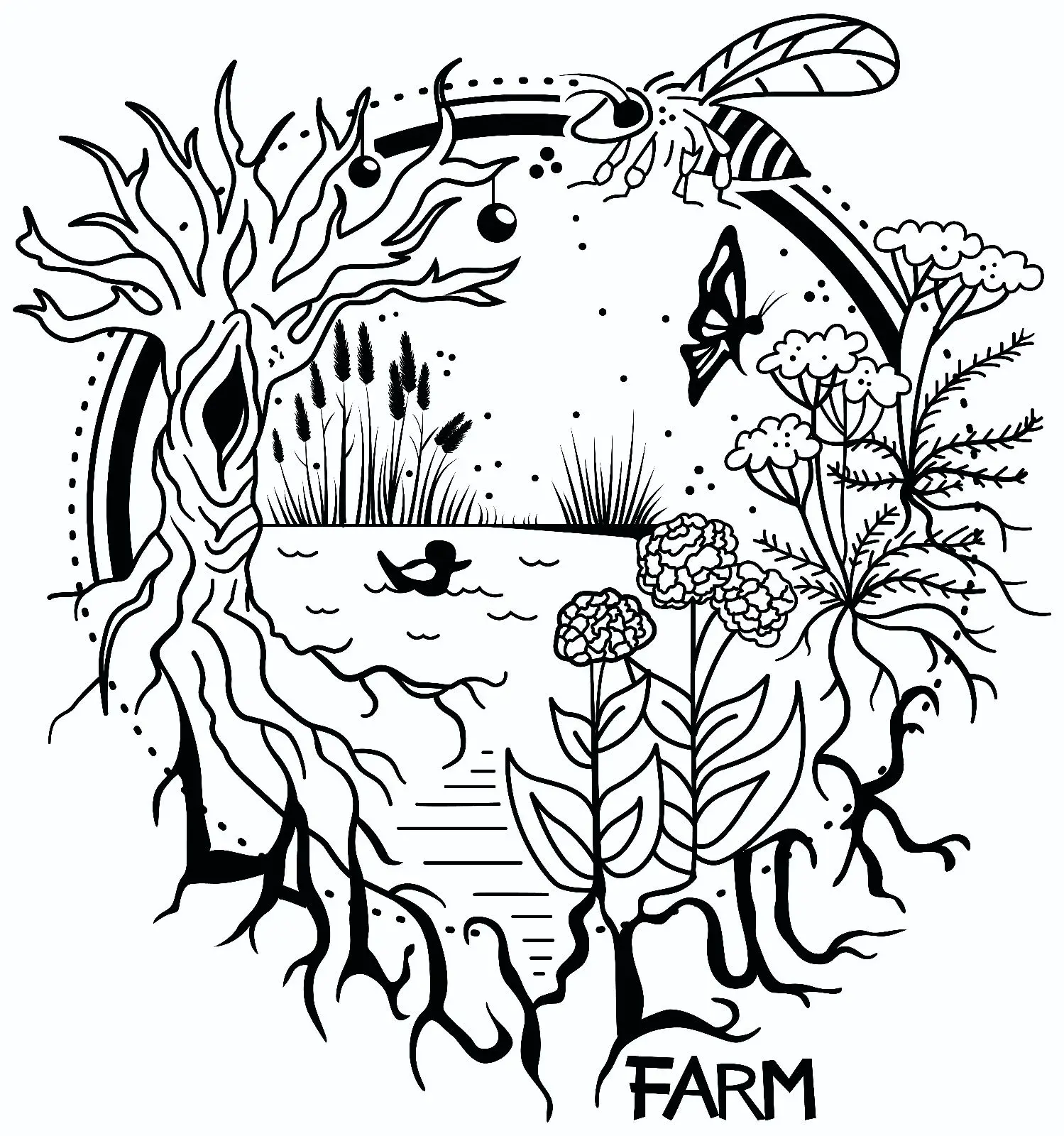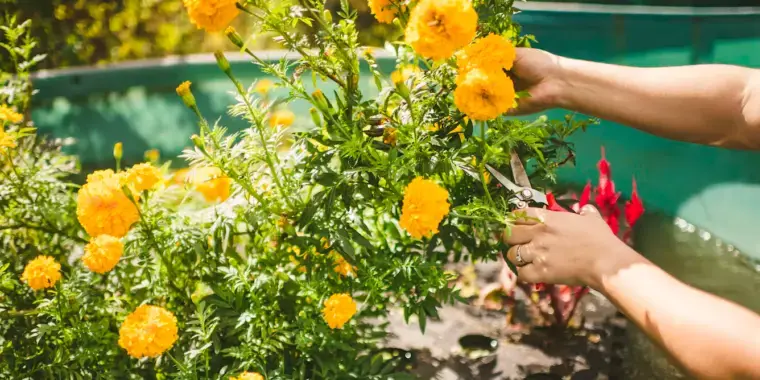
I’m not always a fan of the way in which profitability objectives are designed into remediation plans, but the hands-on nature of cut flower farming lends itself well to this. It also has a low enough barrier to entry that people at various points of income could participate, which could help drive adoption of these techniques.
There are some growers who have done trials with home made biochar as the only substrate for flowering plants and had successful results. I could envision pairing a biochar substrate with the floating flower farms to increase the amount of filtering being performed; between the removal of plant material for the flowers and the potential to use the “charged” biochar for field- or container- grown ornamentals¹ to improve terrestrial biodiversity this could be a promising avenue for folks to do great environmental work while also being able to support themselves through that work.
- without testing for and knowing the contaminants involved, including in the final product, food bearing plants are just not the way to go. It’s possible that concerning inputs could be filtered as above and then go through a further phytotemediation process, but the cost of testing would restrict access to this and even then I’m unsure I’d feel confident using it to grow something I’m going to eat. Still, some phytoremediation species like Helianthus make good feed stocks for biochar production so it may still be a decent way to close contaminant cycles.

I’ve spent an absurd amount of time fretting over this specific issue in recent years, but always got hung up on expensive solutions that would probably harm wildlife in the rivers - I’m no expert on any facet of this issue.
It is insane how we just kill massive amounts of sealife in the gulf each and every year, and its basically normalized.
🤖 I’m a bot that provides automatic summaries for articles:
Click here to see the summary
In our trials of various flowers, giant marigolds stood out as the most successful, producing long, marketable stems and large blooms.
Water pollution is caused in large part by runoff from farms, urban lawns, and even septic tanks.
The 2020 Biscayne Bay fish kill, the largest mass death of aquatic life on record for the region, serves as a stark reminder of this growing environmental issue.
We floated 4-by-6-foot (1.2-by-1.8-meter) mats of inexpensive polyethylene foam called Beemats in 620-gallon (2,300-liter) outdoor test tanks that mirrored water conditions of nearby polluted waterways.
Our promising findings show floating cut-flower farms could be a sustainable option for mitigating water pollution.
One of us (Locke-Rodriguez) is expanding this research and working to scale up floating farms in South Florida as a demonstration of what could take place in the many locations facing similar issues worldwide.
Saved 75% of original text.


